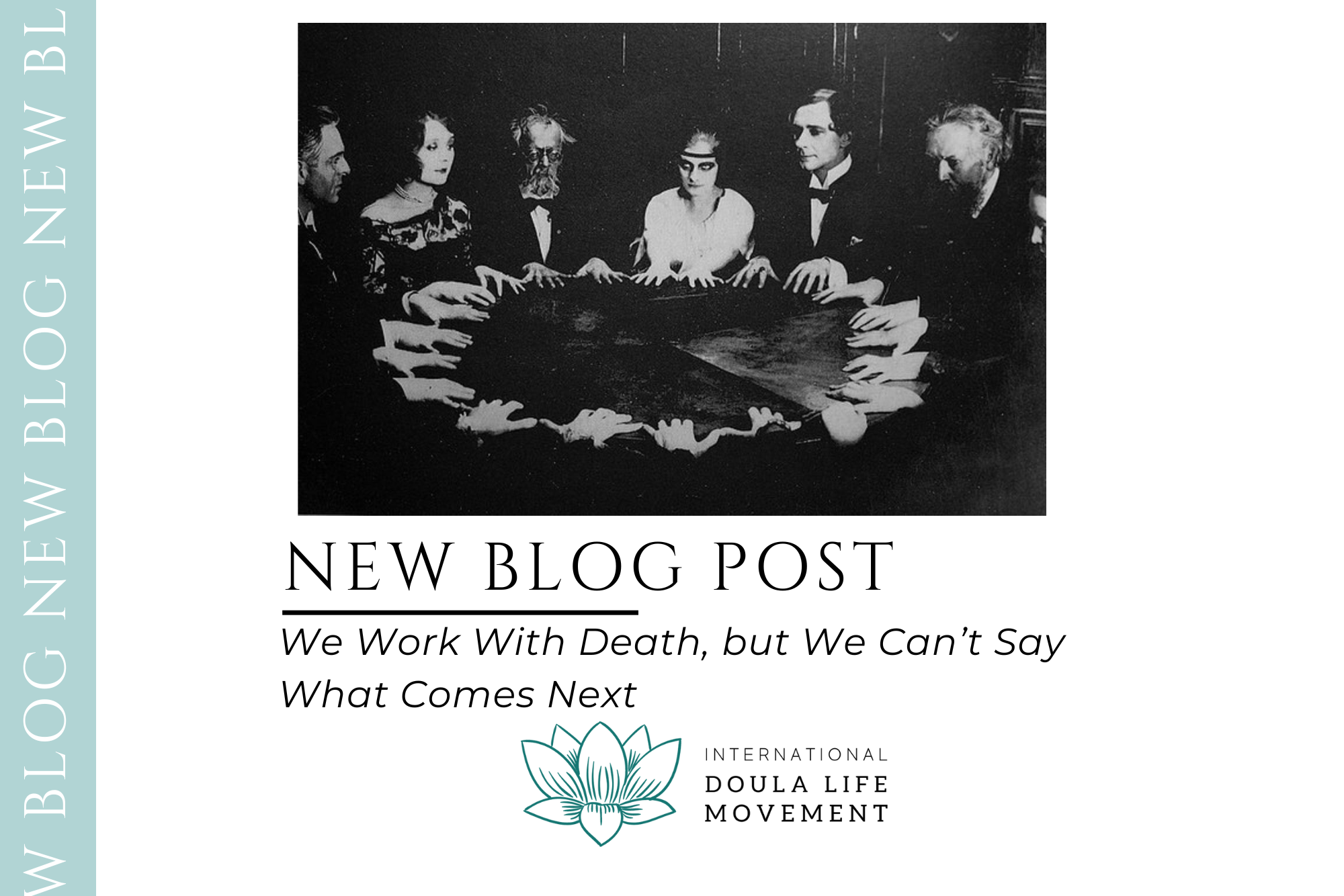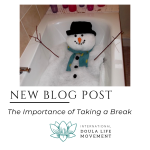Here’s something you might not know: Arthur Conan Doyle, the author who created the great fictional detective Sherlock Holmes, was a big fan of going to seances. He was not only a follower but a spokesperson for a movement that began in the 1890s called Spiritualism, which reached its height in the late 1910s and 20s and, when taken in good faith, was an attempt to utilize new methods of science and technology to establish contact with people “on the other side of the veil”—in other words, people who were dead.
Then, as now, it was common to witness people who were close to death communicating with people who had already passed on. There was a hope that scientific advancements like the telegraph and radio waves, which allowed people to communicate across oceans, could be directed somehow to deliberately pierce the veil and talk to people who had moved on to entirely other dimensions. Arthur Conan Doyle would be interested in chasing this idea his entire life, despite many (sometimes embarrassing) disappointments.
Arthur Conan Doyle’s good friend Harry Houdini realized correctly that many of the practitioners of Spiritualism were frauds. In large public presentations and in small private seances, they used various forms of trickery to create illusions which made it appear as though they were summoning spirits from beyond. Some of these illusions were incredibly realistic, or spectacular, or both. But they were still, sadly, tricks. Houdini, who was initially open to the ideas of Spiritualism when he first heard about them, became dead set against any of its practitioners as time went on, even cynically instructing his wife to hold a séance for him after he was dead to prove he would not return.
I use these two famous examples as reminders that when it comes to spirituality, we must never make assumptions about what other people believe. As death doulas it is particularly important to be careful and make sure we are always listening first, allowing space for the bereaved person in front of us to sit with their own beliefs, processing their grief and their loss experience in their own way, whether they are the person dying or a loved one being left behind. Arthur Conan Doyle would have been offended if you told him there was nothing beyond this life, but Harry Houdini would have been offended if you told him that there was.
The plain fact is, there is really no way to know. Many people have had experiences that make them certain an afterlife exists, but many other people have had their own experiences that convinced them it does not. Clients will almost certainly ask you, the doula, what you personally believe, and it will be up to you how much you want to share with them, but the only thing anyone really knows for sure is that we will all find out ourselves someday when the time comes, and not before. It is often more effective, and more meaningful for the client, not to tell them what you might think but to turn the question back to them. What do they think? What do they hope for? Allowing them to talk, and to consider their own hopes, fears, and expectations, may be a slow process but it is far more likely to help them find a place of peace. Everyone’s journey with grief and death is their own. A doula may have the honor to serve as a guide through the process, but it is ultimately up to the client to find their own way, and their own answers.






